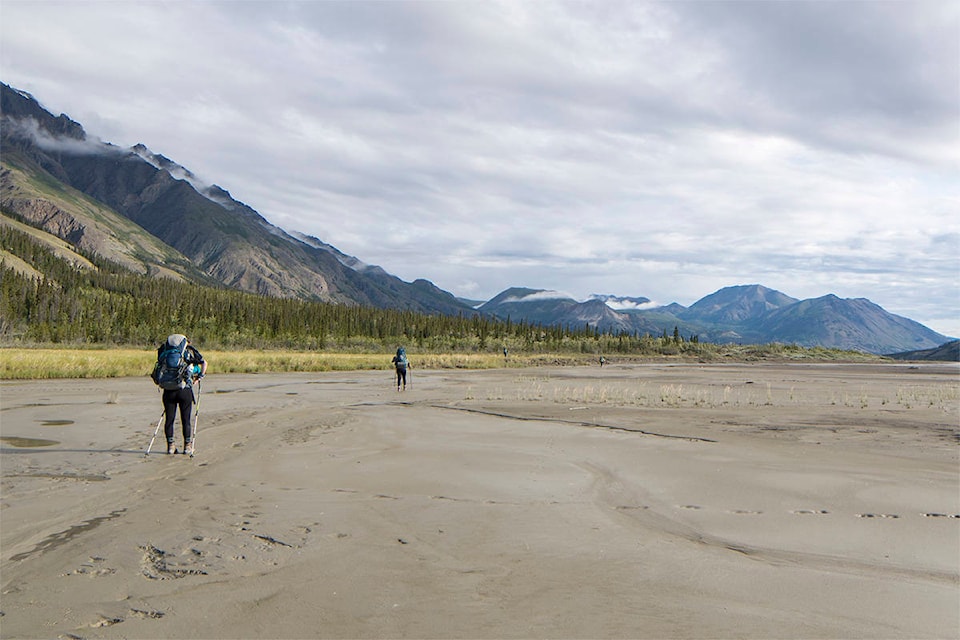A poor Yukon River fall chum season means scientists will have to wait several years before a clear picture emerges of the impact the 2016 river piracy in the Kluane region has had on salmon that return to the area to spawn.
The Ä’äy Chù, or Slim’s River, suddenly dried to a trickle four years ago after the receding of the Kaskawulsh glacier led to meltwater that previously fed the river being diverted into the neighbouring Kaskawulsh River instead.
The Ä’äy Chù fed into Kluane Lake, which in turn feeds the Kluane River and then the Yukon River.
About 10 per cent of the Yukon River’s entire fall chum run makes the journey from the Bering Sea back to the Kluane River every year to spawn. The vast majority of fall chum runs typically consist of four-year-old fish, meaning this would have been the first year where the salmon who hatched from eggs laid the same year as the Ä’äy Chù disappeared made up the bulk of the run.
However, any insights that returning cohort would have offered were lost within the fact that this year’s fall chum run was the smallest on record on the Yukon River.
“If I were designing an experiment in a lab, it wouldn’t look like this,” said Oliver Barker, a senior aquatic science biologist with Fisheries and Oceans Canada.
“… It would be very difficult to untangle any potential changes to the salmon trends because of the conditions in Kluane River from the larger low return of four-year-olds in the Yukon River as a whole.
“Biologists are always (trying) to think of reasons or identify patterns. This year’s data won’t help us do that very well.”
There’s no sonar on the Kluane River, so no exact fish count is available; scientists instead do an aerial survey in late October to assemble an “index” that gives a relative idea about the abundance of salmon.
Chum numbers can fluctuate wildly; the index was 16,265 in 2017, 1,734 in 2018 and 928 in 2019.
This year’s index was 117.
While no definitive answer can be drawn this year on the river piracy’s impact, Barker said researchers have their eyes on a few factors it could have on populations going forward. The first, he said, was “pretty straightforward” — there’s now less water going into and coming out of Kluane Lake, so the flow to Kluane River is reduced seasonally, too.
“It’s too simple to say that Kluane Lake levels are just lower now,” he explained. “… What happens now is that lake levels sort of resemble low winter levels all year, there’s less variation.”
The other factor is groundwater.
Northern chum are drawn towards places where there’s groundwater flowing into a river, Baker said, because, while cold in the summer, it tends to be warmer than the rest of the river in the winter. That means that eggs laid in gravel in areas with groundwater flowing are less likely to freeze.
The groundwater flowing in Kluane River is chemically the same as Kluane Lake’s; reduced flow to the lake could mean less groundwater, or a change in where it flows from.
Changes to water levels or groundwater aren’t necessarily a definite negative; while some traditional spawning areas may no longer be ideal, areas of the river or lake that were previously too deep for eggs could now be shallow enough for them, for example.
“The story of Kluane Lake levels is interesting over longer periods of time,” Baker said. “I mean, it’s been a highly variable lake and the salmon are still here, which is hopeful.”
Contact Jackie Hong at jackie.hong@yukon-news.com
